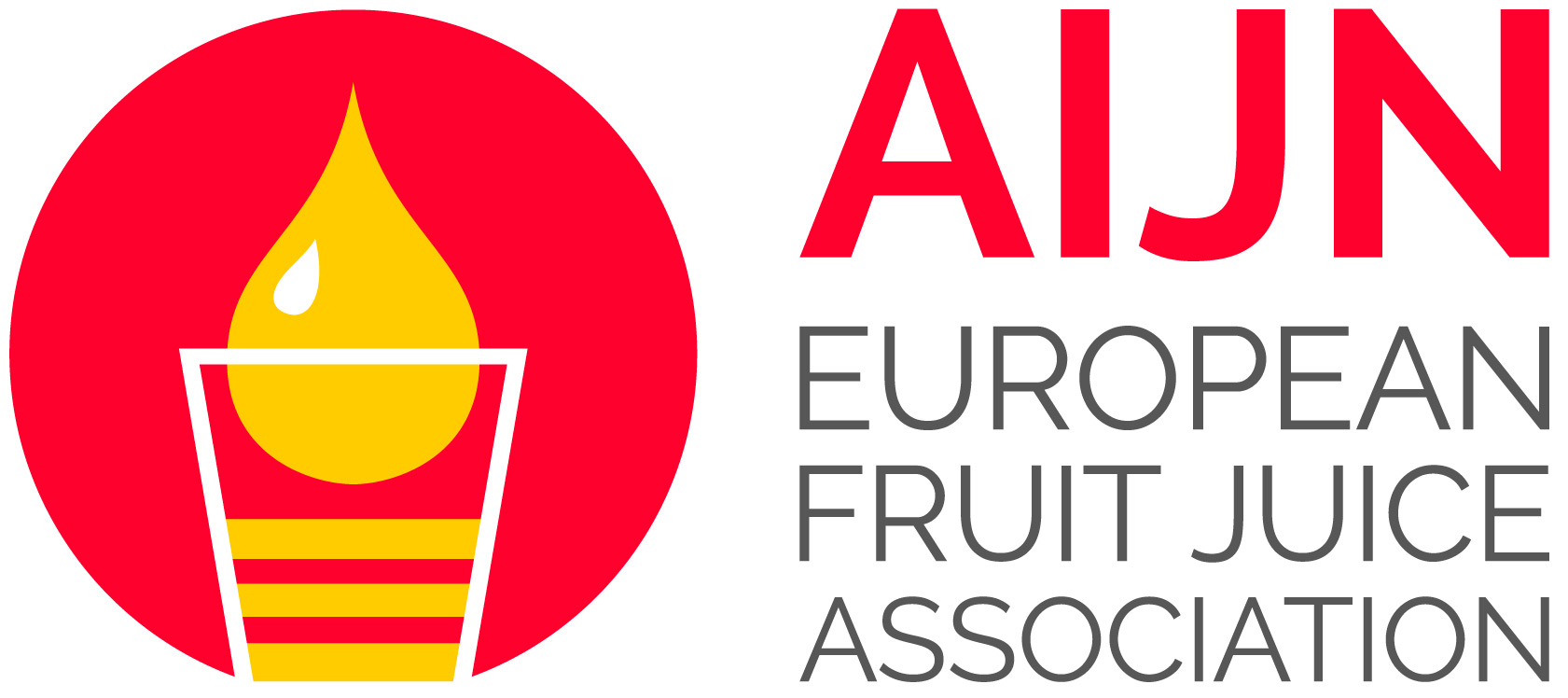Code Of Practice
Coconut
Reference Guideline for “Coconut Juice” (Coconut Water)
This reference guideline seeks to define acceptability criteria for coconut “water”/coconut juice.
The parameters are listed under 2 sections:
- Section A contains various parameters that characterise the absolute quality requirements. They are considered as being mandatory for all products marketed as “coconut water” or “coconut juice” in the European Union.
- Section B contains various criteria relevant to the evaluation of identity and authenticity. It also contains some less critical quality criteria. It is crucial for users of this guideline to understand that a valid conclusion, regarding the authenticity of a particular sample, can only be reached providing the whole analytical picture has been subject to expert interpretation. Even if some parameters do not fall within the values quoted in Section B this does not mean automatically that the sample is adulterated.
A coconut is botanically neither a fruit nor a nut but is specifically classed as a drupe. Other drupes, which are normally classified as “fruits”, are for example dates, peaches, plums, apricots, cherries and raspberries, which is considered acceptable by the regulators.
Coconut water/juice is obtained, according to the EC Directive, from sound fruit by mechanical processes and may be treated by physical means. The values and comments in this guideline are based on authentic coconut “water” (juice), without the addition of any permitted ingredients and/or additives, which exhibit the characteristic colour and flavour of the named “fruit”.
Unlike other “fruits”, coconuts can be harvested at various times during their maturation. In Asia, during the “nuts’” middle stage of development from ca > 6 months, the nut may be harvested specifically for its “water” (juice), to produce the so-called “young coconut water”, which is often consumed at road side stalls or beach venues. From ca 8 months onwards, the liquid volume gradually decreases, as the coconut flesh develops inside the nut, up till the point that the “nut” is fully mature at around 10 to 13 months where it would typically be harvested for the production of either “coconut milk/cream” or desiccated coconut. In this case, the coconut “water” provides an additional product and is not the main reason for harvesting the nut. Although the liquid liberated from nuts during these development stages is considered of an acceptable quality, these products do show some compositional differences, which are highlighted in the relevant sections of this reference guide.
It should be noted that the pH of coconut “water” (juice) is typically higher than 5.0 and as such it is far more susceptible to microbiological contamination than most fruit juices, where the pH is lower (pH < 4.5). Appropriate sanitary precautions MUST be taken to maintain proper microbiological soundness of the product during production and packaging due to the possible risk associated with pathogenic microorganisms.
Also it should be noted that coconut “water” (juice) is typically not isotonic, as it has on average an osmolarity of 360 mOsmol/kg which is considered hypertonic. Beverages with an osmolarity of around 300 mOsmol/kg (± 10 %) are considered isotonic.
It is understood that:
- Coconut “water”/juice is made from Cocos nucifera.
- the liquid contained within the white fruit flesh of the nut is NOT expressed to prepare “coconut water”. If the fruit flesh is expressed by physical means, with or without the addition of potable water or “coconut water”, a different product is produced the so-called “coconut milk” or “coconut cream” depending on its fat content (see Codex STAN 240, 2003).
- Coconut “water” (juice) is generally a hazy to clear liquid.
- The nut is typically cracked (opened) and the liquid (juice) decanted (collected), as such the values in this reference guide are expressed on a volume basis (e.g. in g or mg per litre).
- only the treatments and processes regulated by the Fruit Juice Directive are permitted.
- potable water should be used for the reconstitution of concentrated coconut “water” (juice).
- the use of additives is regulated by horizontal EU legislation.
Various types and origins of “fruit” of industrial significance were subject to comprehensive analysis to provide the values found in this guideline. To help in their interpretation please read carefully the associated commentary notes.
